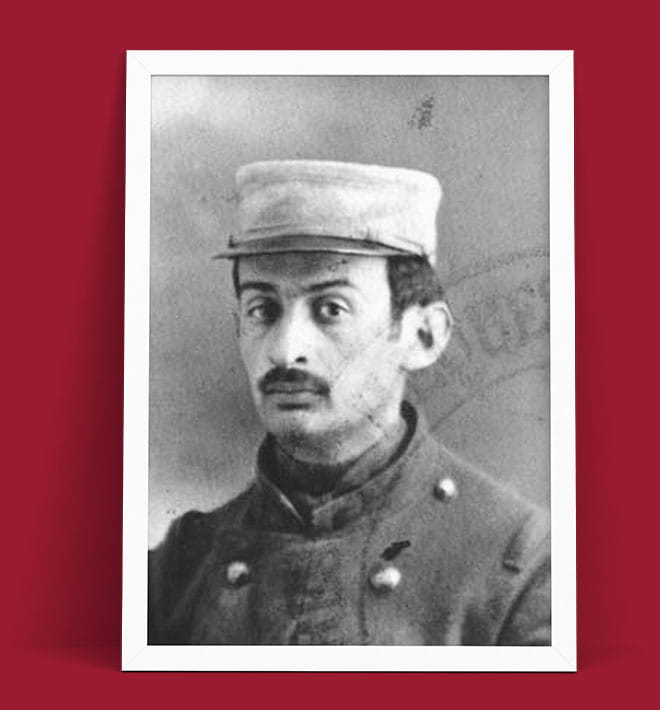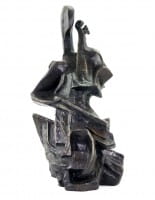Artistic Career and Contributions
Cubist Innovations
Gutfreund was instrumental in adapting Cubist principles to sculpture, a field where such experimentation was relatively rare at the time. His early works, such as Anxiety (1911–1912), Hamlet II (1912), and Don Quixote (1911–1912), showcase his ability to deconstruct and reassemble forms to convey emotional depth and complexity. These pieces are considered some of the first Cubist sculptures, marking a significant departure from traditional sculptural techniques.
Post-War Realism and Public Works
After serving in the French Foreign Legion during World War I and experiencing internment, Gutfreund returned to Prague in 1920. His post-war works shifted towards a more realistic style, reflecting the broader "return to order" movement in European art. Notable sculptures from this period include Textile Worker (1921) and Commerce (1923), which depict everyday laborers and scenes from modern life. He also contributed to architectural projects, most prominently the reliefs on the façade of the Legiobanka building in Prague, designed by architect Josef Gočár.
Legacy and Influence
Gutfreund's innovative approach to sculpture had a lasting impact on Czech art and the broader modernist movement. His ability to merge avant-garde styles with expressive content paved the way for future explorations in abstract and figurative sculpture. Today, his works are housed in prominent institutions such as the National Gallery in Prague and the Museum Kampa, serving as enduring testaments to his artistic legacy.
Selected Works
- Anxiety (1911–1912)
- Hamlet II (1912)
- Don Quixote (1911–1912)
- Textile Worker (1921)
- Reliefs on the Legiobanka building, Prague (1922–1923)
Otto Gutfreund's contributions to statues and sculptures remain influential, reflecting a unique blend of Cubist innovation and expressive realism that continues to inspire artists and art enthusiasts alike.








